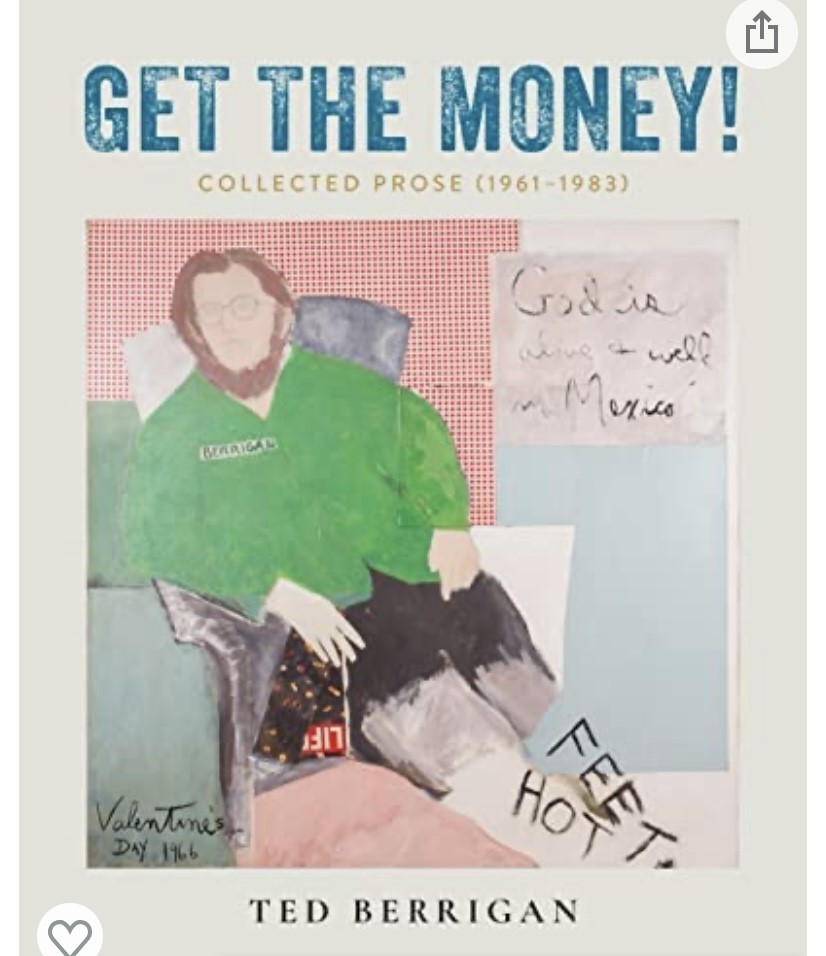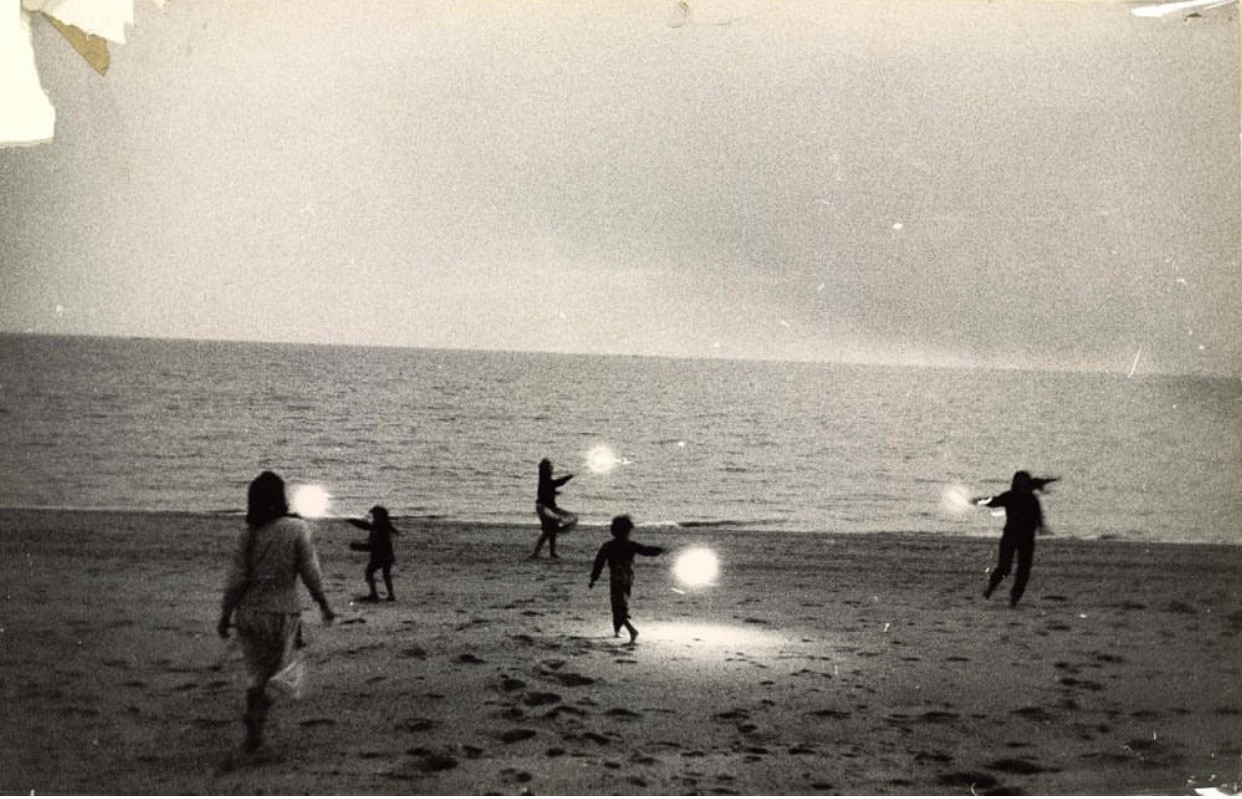Brothers in the Beloved Community: The Friendship of Thich Nhat Hanh and Martin Luther King Jr. by Marc Andrus. Parallax Press (Berkeley, California). 207pps. $24.95
Lotus Girl: My Life at the Crossroads of Buddhism and America by Helen Tworkov. St. Martin’s Essentials (New York). 325 pps.
Marc Andrus, an Episcopal bishop, and Helen Tworkov, the founder of Tricycle, the first Buddhist magazine in America, both begin their books with the same event. Andrus writes:
On June 12, 1963, many people around the world, including the president of the United States, opened their newspapers and looked with shock at a photograph of a Vietnamese Buddhist monk, Thich Quang Duc, seated cross-legged in a posture called the lotus position, engulfed in flame. Thich Quang Duc is composed and upright. The revered monk, in his mid-sixties, had been soaked in gasoline by a younger monk and had then struck a match to set himself on fire.

